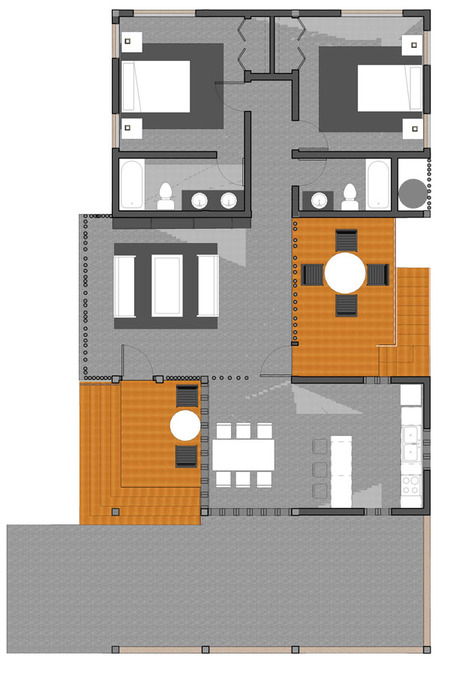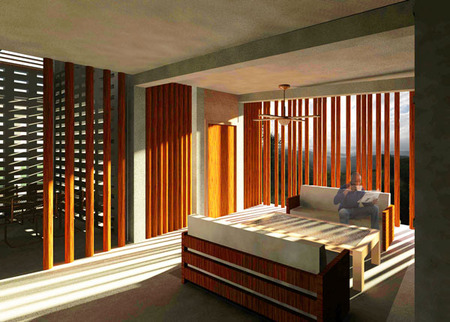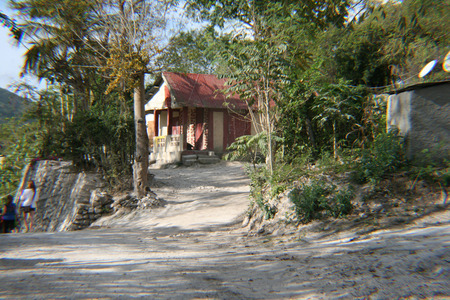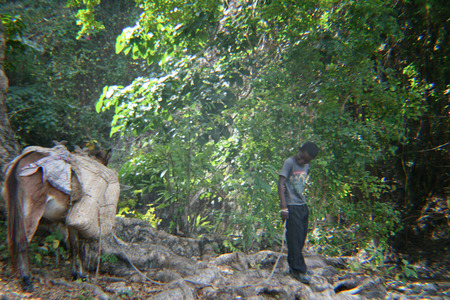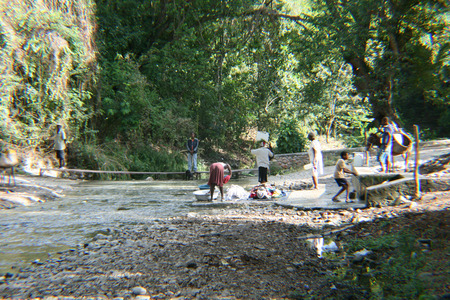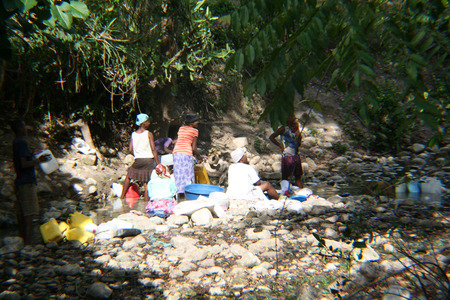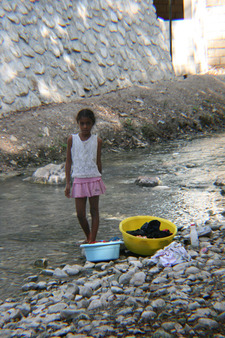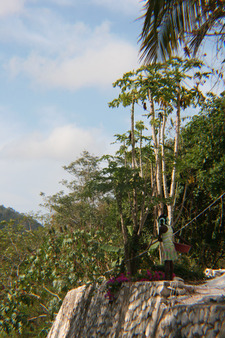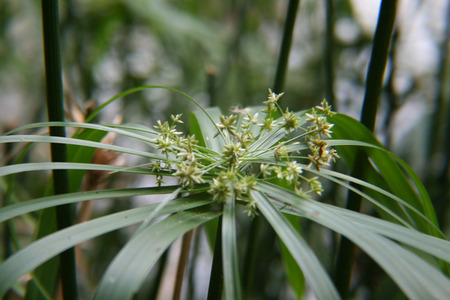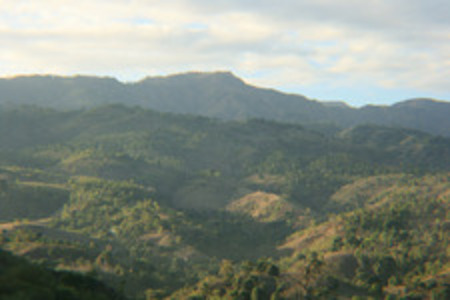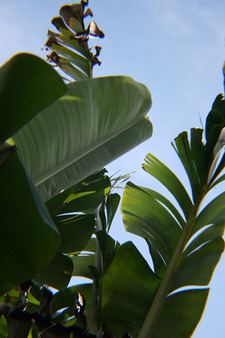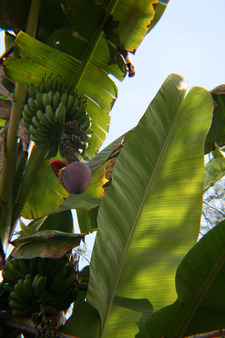House for Expatriate Retiree
 Thursday, May 3, 2012 at 12:28PM
Thursday, May 3, 2012 at 12:28PM Our team designed a house for expatriate couple returning to Haiti for retirement. Our main concept was to create a tranquil home to live in while implementing diffused lighting, ventilation and local materials. Our concept directly influenced our decision of where to build the house on the site. We chose to place it on a lot on the west side of the site overlooking the river and surrounded by forest.
We seperated the public and private space of the house and kept a strong connection to the porches of the house. We focused on the connection between the interior and exterior of the house. Since Haitians spend most of their time outdoors we tried to find ways to bring nature inside. The main living area of the house is closed off by a local bamboo system that allows views to the outside as well as light and ventilation throughout. We also used ventblock and louvered windows to increase good ventilation in the house. Our design also features a simple rainwater collection system for the residents use.
 Floor Plan,
Floor Plan,  Fond-des-Blanc,
Fond-des-Blanc,  Haiti,
Haiti,  bamboo,
bamboo,  diffused lighting,
diffused lighting,  haitian,
haitian,  ventblock,
ventblock,  ventilation in
ventilation in  Ben Cross,
Ben Cross,  Lauren Heile,
Lauren Heile,  Lauren Metts,
Lauren Metts,  Team LLBen
Team LLBen 




